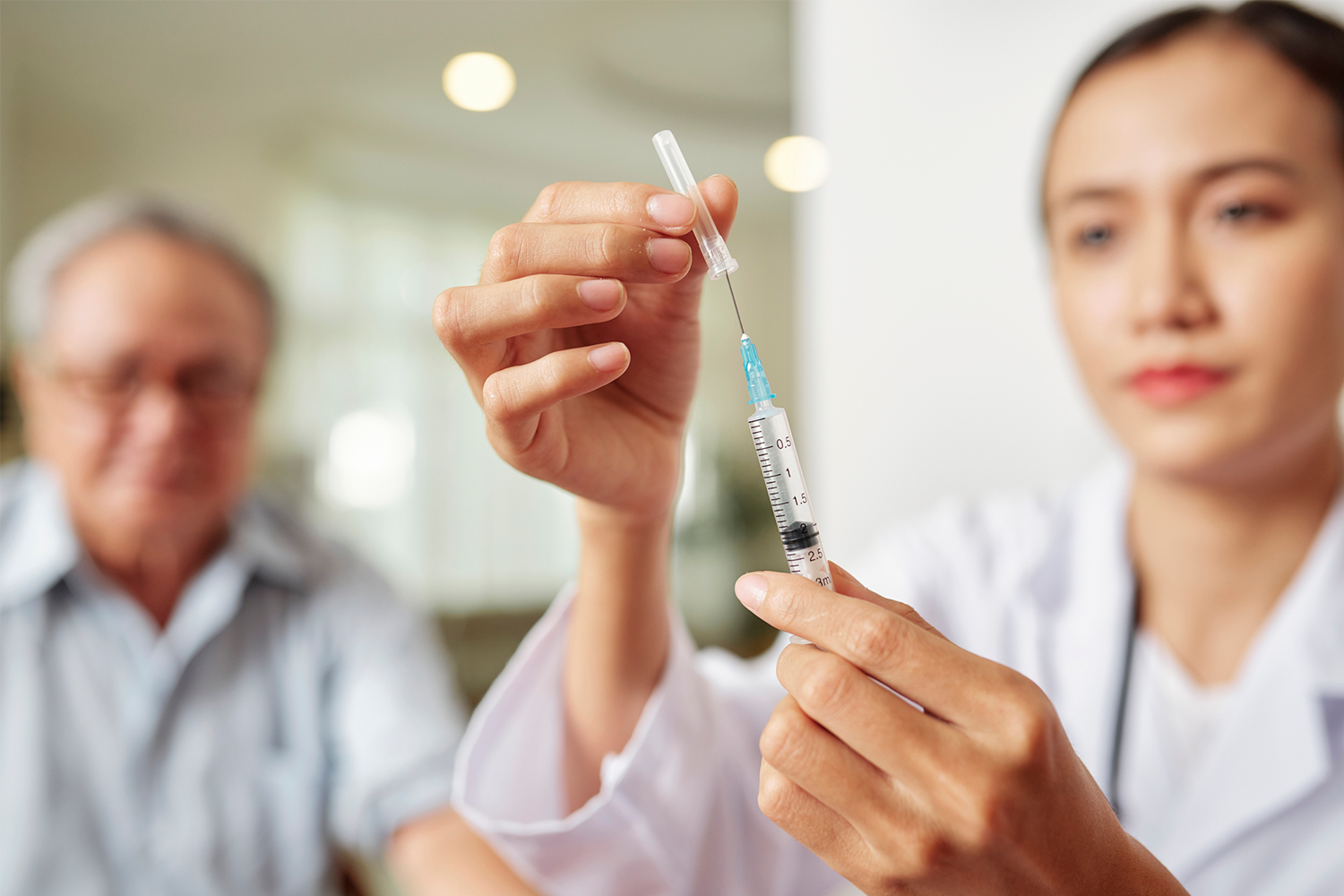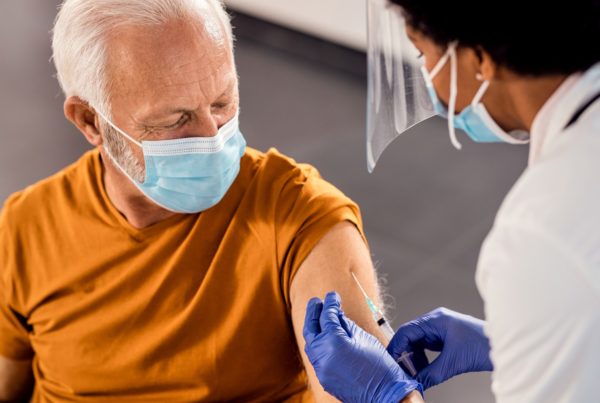
This article is one of the many resources offered within our Health Navigation Platform, giving your members access to credible health information. In it, Chief Medical Officer Dr. Michael Szabo discusses why vaccination is the safest route out of the current pandemic.
________________________________________________________________________________________________________
May 13th 2020
The current COVID-19 pandemic has led to an unprecedented effort by scientists around the world to develop a vaccine. Vaccines are important to protect us where the risks of natural infection are significant.
COVID-19 is a more deadly and more dangerous virus than the flu. While we still do not have definitive data on the true risks of infection with COVID-19, one can safely say that somewhere like New York City or Italy has never seen a flu season similar to what they are currently going through. Since mid-March, more than 60,000 people have lost their lives in the United States due to COVID-19.
It is important to note that this has happened despite the institution of public health measures like physical distancing, quarantines and self-isolation. If not for these, many thousands more would have died.
Is Allowing Natural Infection a Good Option?
One way to protect the population is to allow the infection to spread so that most of us successfully fight it off and become immune. Once that happens in a significant percentage, the virus has a reduced ability to spread and we can better contain it. Scientists currently estimate that around 60% of the population needs to be immune to COVID-19 in order to considerably reduce its ability to spread. We call this herd immunity.
The problem is that if we allow COVID-19 to infect that many of us, the loss of life and the impact on many individuals’ overall health would be too great, even if we allow only “low risk” individuals to become infected. Experts have estimated that the COVID-19 infection fatality rate (the ratio of deaths divided by the number of actual infections) is approximately 0.5%. That’s lower than the case fatality rate (the ratio of the number of deaths divided by the number of confirmed cases) of 5 to 8%. Why? Because it considers all infections, including those that are asymptomatic or with minimal symptoms where individuals did not see a doctor to get tested.
If we allow 60% of the population to get infected, the estimated numbers are as high as 1 million people dying in the United States and 111,000 people in Canada. That’s unacceptable. We must find another way.
The Safest Route
Vaccination is a way for most of us to become immune, while not placing our lives and health at risk. But, developing a vaccine is not easy. We must be able to prove that we can create a significant immune response with it. That immune response then needs to be shown to be protective when exposed to the virus.
We must also demonstrate that the immune response lasts for a considerable length of time; it wouldn’t be useful to have a response that lasts for only a few months. It should last for at least a year to be helpful. It would be even better if it lasted longer than that. Furthermore, it must also be shown to be safe.
Patience Is Called For
Vaccine development requires following a very careful and sound scientific process that takes time. It is estimated that it will be at least 12 to 18 months before we can develop a vaccine that is acceptable for use in the mass population.
Currently the World Health Organization (WHO) reports that there are five candidate vaccines being studied in 71 preclinical studies. From here, there will be clinical studies where they will be tested in small groups and then larger groups of patients.
We must be patient with this process. The last thing we need is for it to be rushed. A good example is what happened in 1976 when a vaccine for swine flu was fast-tracked for development. When rolled out to the mass population, it was found to cause a significant number of cases of a serious neurological outcome called Guillain-Barré syndrome.
What to Do While We Wait
In the meantime, public health measures like physical distancing can lessen the spread of infection. Many clinical trials are also looking at the use of different medications to improve outcomes in those who have been infected. It goes without saying that optimizing our health with good diet, exercise and sleep as well as reducing stress likely helps the ability of our own immune system to fight off an infection.
All these interventions act as a bridge until we are able to develop a safe and effective vaccine that will hopefully protect all of us and allow us to return to a more normal life.
About the Author
Dr. Michael Szabo is the Medical Director of Novus Health. He is an emergency physician at University Health Network in Toronto and a lecturer in the Department of Family and Community Medicine at the University of Toronto. Dr. Szabo has 25 years of experience providing front-line medical care. He has extensive experience with providing executive and concierge health care as well as expert medical second opinions.
For more valuable health information, visit our Ask the Expert page.



